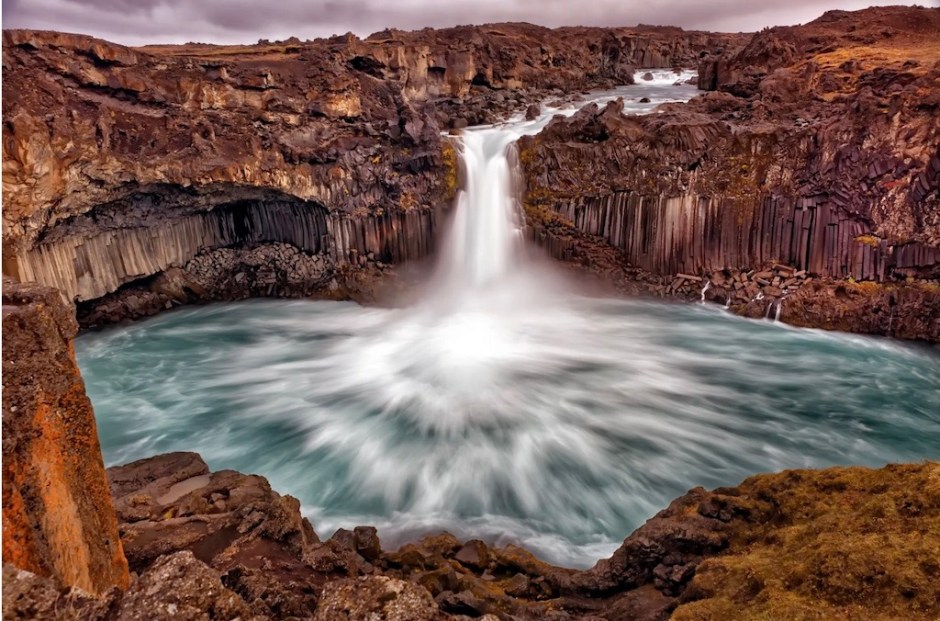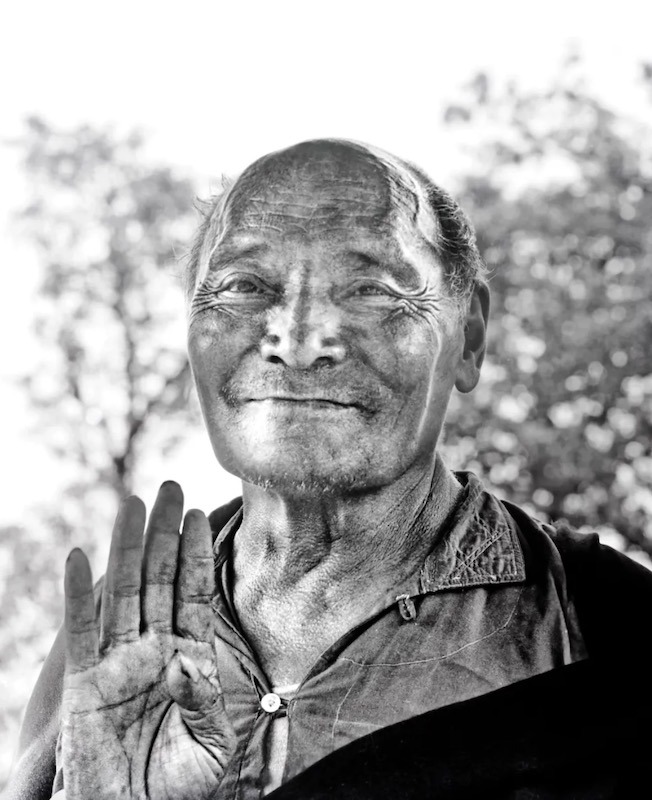Ewonder and compassion animate his magnanimous practice, infuse both his writings and his exhibitions. The Buddhist monk Matthieu Ricard has lived in the Himalayas since 1972, where he takes photographs of his spiritual masters and of grandiose landscapes. He describes the splendor of life on earth in this way, which he sometimes adds to quotations imbued with spirituality.
His very classic images rely on a form of seduction to lead the viewer to consider the planet with kindness and respect. More than 150 of his works are exhibited on the roof of the Grande Arche in La Défense, until the end of November. A recognized author, his works have been translated into more than 23 languages. In the collective work When death lights up lifecross reflections on death from different disciplines (philosophy, psychology, science) to re-educate the meaning of life.
How did you become a photographer?
I started taking pictures around the age of twelve. I was photographing puddles and light reflections. We said: “Don’t count on Matthieu for the family photos. I was guided by my friend André Fatras, one of the pioneers of wildlife photography in France. I mainly photograph nature.
What issue motivates your photographic approach?
I use photography as a source of hope, with the intention of restoring faith in human nature and rekindling wonder at the wild side of the world. After settling in the Himalayas, I photographed my spiritual masters and their universe. I wanted to share the splendor, strength and depth that I witnessed.
What type of images does your work show?
A successful photograph is an image that one never tires of contemplating and which provides a feeling of elevation. Images of violence and suffering are necessary to raise awareness and inspire our determination to intervene, to help, to remedy injustices. But we should never lose sight of the potential for goodness present in every being. It is important to maintain a fair balance to avoid falling into the “bad world syndrome” which convinces us that human beings are fundamentally bad. In truth, we all have deep within us, like a nugget of gold, a potential for goodness, wisdom and enlightenment.
Your biggest photographic challenge?
Sometimes I hesitate to take pictures, especially in the presence of a spiritual master. I’d rather take full advantage of his presence than play reporter. However, if the circumstances are right, I take some pictures, as discreetly as possible, in order to share with others the spiritual beauty that I have witnessed.
Which of your photos gave you the most joy?
A portrait of my first spiritual master Kangyuor Rinpoche who powerfully evokes his presence to me, a presence that inspires every moment of my existence.
Which photo was the most painful to take?
I have friends with several war reporters and have seen how marked they were in the depths of their being by what they witnessed. I have never made a painful image.
What is light for you?
Light is what makes an image sing. Danielle Föllmi, with whom I made Buddhist Himalayas (with Olivier Föllmi), told me one day that I “paint with light”, a nice compliment.
What were your biggest aesthetic shocks?
The inner beauty of my spiritual masters, the discovery at the top of a pass at an altitude of almost 5000 meters, in western Tibet, of Lake Manasarovar and Mount Kailash, the Aldeyjarfoss falls, surrounded by basalt columns in Iceland .
Your favorite museum?
The Infinite Museum of Wilderness. The Himalayas, the Tibetan high plateau, the amazing colors and light of Iceland, the traditional Tibetan paintings I have photographed by the thousands. I hardly go to the usual museums…
The music that moves you the most?
The chaconne from the second violin partita by Johann Sebastian Bach.
Which artists may have inspired your work?
In the field of painting: William Turner, Caspar David Friedrich for landscapes, and Vermeer for portraits, with all due respect. In the field of photography: the visionary book Creation by Ernst Haas.
What event has stood out to you the most lately?
The scientific data that shows that there is not a moment to lose to prevent a serious environmental crisis. Rulers have no right to betray future generations.
What utopia for tomorrow?
The altruistic revolution, for today if possible. Moreover, it is not a utopia, but the only pragmatic response to the challenges of the 21st century, to remedy poverty within wealth, to lead to a more harmonious and united society and to have more consideration for the fate of future generations and the 8 million other species that are our fellow citizens on the planet.

“Ode to Beauty”, exhibition by Matthieu Ricard until November 30, Espace Grande Arche, 1 Parvis de la Défense, 92400 Puteaux (every day from 10 a.m. to 6.30 p.m.).
When death lights up lifeChristophe André, Caroline Lesire, Steven Laureys, Ilios Kotsou, Matthieu Ricard, Christophe Fauré, L’Iconoclaste editions, October 2022, 257 p., €21

